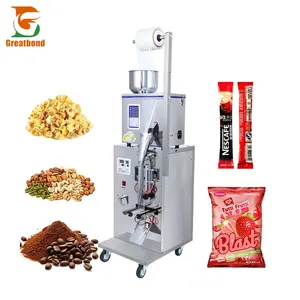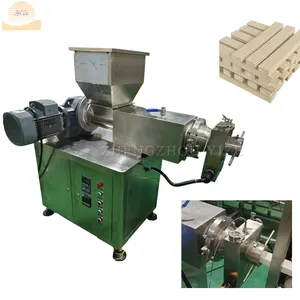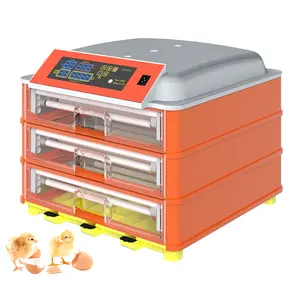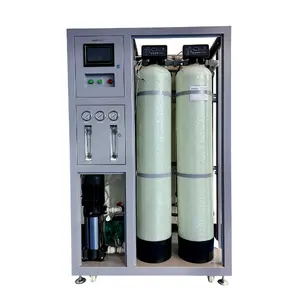Popular in your industry




















































Related Searches:























































































































































Top categories
About combined heat power plant
A combined heat and power plant, also known as a CHP plant, is a facility that generates electricity and captures the waste heat produced during the electricity generation process. This setup allows for the simultaneous production of both electrical power and useful thermal energy, which can be utilized for heating or cooling purposes. The cogeneration of power in a CHP plant offers increased energy efficiency compared to conventional power generation, where the waste heat is often vented into the atmosphere. The combined heat and power technology is commonly employed in industrial, commercial, and residential settings to optimize energy utilization and reduce overall energy costs.
The types of combined heat power plants
There are several types of combined heat and power plants, each tailored to specific applications and operational requirements. Reciprocating engine-based CHP systems utilize internal combustion engines, such as diesel or natural gas engines, to drive electricity generators. These systems are versatile and find widespread use in industrial and commercial settings.
Gas turbine CHP plants employ gas turbines to produce electricity by burning natural gas or other fuels. The hot exhaust gases from the turbine are then used to generate steam in a heat recovery steam generator, which drives a steam turbine to produce additional power. This configuration is often found in larger facilities and provides a balance between efficiency and scalability.
Steam turbine-based CHP plants use steam turbines to convert steam energy into electricity. These systems are commonly integrated into industrial processes, where a constant demand for both electricity and steam exists. Combined cycle CHP plants combine the principles of gas turbines and steam turbines to achieve higher overall efficiency. In these plants, the exhaust heat from a gas turbine is utilized to generate steam, which, in turn, drives a steam turbine. This sequential utilization of energy sources enhances the plant's efficiency and is well-suited for larger power generation facilities.
The performance of a combined heat power plant
The performance of a CHP plant is typically measured by several key metrics that evaluate its energy efficiency, operational effectiveness, and environmental impact. One crucial performance indicator is the overall efficiency of the plant, which quantifies the percentage of fuel energy effectively converted into electricity and usable heat. CHP plants are known for their high efficiency, often surpassing traditional power generation methods.
Additionally, the capacity factor of a CHP plant reflects the percentage of time the plant operates at full or partial load. A higher capacity factor indicates more consistent and efficient operation. The cogeneration of power in a CHP plant can also result in reduced greenhouse gas emissions compared to separate electricity and heat generation. This is particularly beneficial in terms of sustainability and environmental stewardship, making CHP plants attractive from both economic and ecological standpoints.
The features of a combined heat power plant
A CHP plant is designed to provide an integrated approach to power generation and heat recovery, offering several key features that contribute to its efficiency and versatility. These features include the ability to tailor the size and configuration of the system to meet specific energy demands. This scalability allows CHP plants to be utilized in a wide range of applications, from small-scale residential units to large industrial complexes.
Furthermore, CHP plants are known for their operational flexibility, enabling them to adjust electricity and heat output based on fluctuating demand. This dynamic response to varying load conditions enhances overall energy utilization. The incorporation of advanced control systems and monitoring technologies is another notable feature of modern CHP plants. These systems optimize plant performance, ensure seamless integration with existing infrastructure, and provide real-time data for efficient operation and maintenance.
































